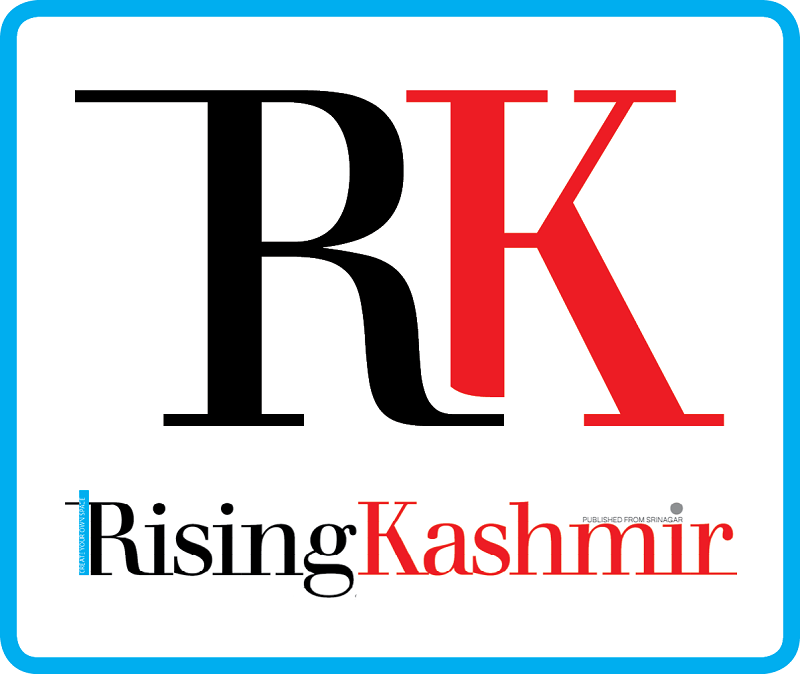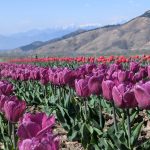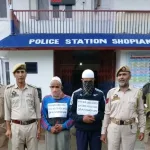Srinagar, March 30: The Economic Survey 2024-25 of the Jammu and Kashmir Govern-ment reports that bed capacity has increased to approximately 21,966, while medical oxy-gen generation capacity has expanded nearly ninefold—from 14,916 LPM to 1,27,901 LPM—since August 2020, through 177 operational Oxygen Generation Plants (OGPs).
J&K Government is strengthening health infrastructure, workforce, and equipment, focus-ing on maternal and child health, disease management, and emerging health challenges.
“Jammu and Kashmir has moved forward from the category of “Performers” to the cate-gory of “Front-Runners” as per the SDG India Index 2023-24 released by NITI Aayog as the score of Health Sector increased from 70 to 78,” the report said.
It said the Neonatal Mortality Rate (NMR) has reached to single digit of 9.8 per 1000 live births recording 13.3 points decrease, Infant Mortality Rate (IMR) has dipped down to 16.3 with decrease of 16.1 points, Sex Ratio at birth recorded significant improvement from 923 to 976.
As per the figures, the percentage of fully immunized children against vaccine preventa-ble diseases has increased to 96.5% while institutional births have increased from 85.6% to 92.40%.
Similarly, life expectancy at birth in J&K has reached 74.3 years, which is the highest in the country after Kerala and Delhi, while the national average is 70 years (SRS). The HMIS data reveals improving health indicators, soon to be reinforced by the upcoming NFHS 6 report.
Since the inception 100% families have been registered and 86.12 lakh Ayushman Golden cards have been issued under “AB-PMJAY – SEHAT” SCHEME and has been widely ap-preciated as a unique initiative for universal health insurance coverage.
According to official figures, the health care initiative has facilitated treatments worth Rs 2800 crore, thus benefiting 15 lakh individuals since its inception.
Interestingly, 489 ambulances have been geo-tagged and integrated with online 108/ 102 ambulatory services. These efforts have enabled quick response times (average response time less than half an hour) and served more than 4.50 lakh beneficiaries since August 2020.
The report said over the last four years, J&K has significantly expanded its healthcare workforce. “This includes hiring of 10,919 doctors and paramedical staff under the Na-tional Health Mission, alongside approximately filling up of 36,274 regular positions in Health & Medical Education besides, support of 13,965 ASHAs.”
The report stated that health infrastructure has been significantly enhanced. The upgrada-tion and consolidation of health institutions, including two AIIMS, two State Cancer Insti-tutes, and two Bone and Joint Hospitals, mark a major milestone in the healthcare sector.
In Jammu and Kashmir, 3,100 Health and Wellness Centres have been operational by up-grading existing PHCs, SCs, and AYUSH dispensaries to enhance public health services.
The report highlighted an unprecedented expansion in medical education with the estab-lishment of new medical colleges. Ten government medical colleges have been set up, in-cluding seven offering MBBS, one Unani, one Ayurvedic, and one Homeopathic program.
The capacity of MBBS seats has increased from 500 to 1300 as more than 5000 seats have been added in MBBS, DNB, Post-Graduation, and Nursing Education since 2019.
“Digital is the way forward,” and the department is focused on leveraging digital plat-forms such as Ayushman Bharat Digital Mission (ABDM), Hospital Management Infor-mation System (HMIS), Tele-MANAS, e-Sanjeevani, and Mera Aspataal to deliver quality healthcare through expert services available on digital networks.
Bed capacity, oxygen generation augmented in J&K: Report
Multi-fold increase since Aug 2020 through 177 operational OGPs

Leave a Comment Leave a Comment







